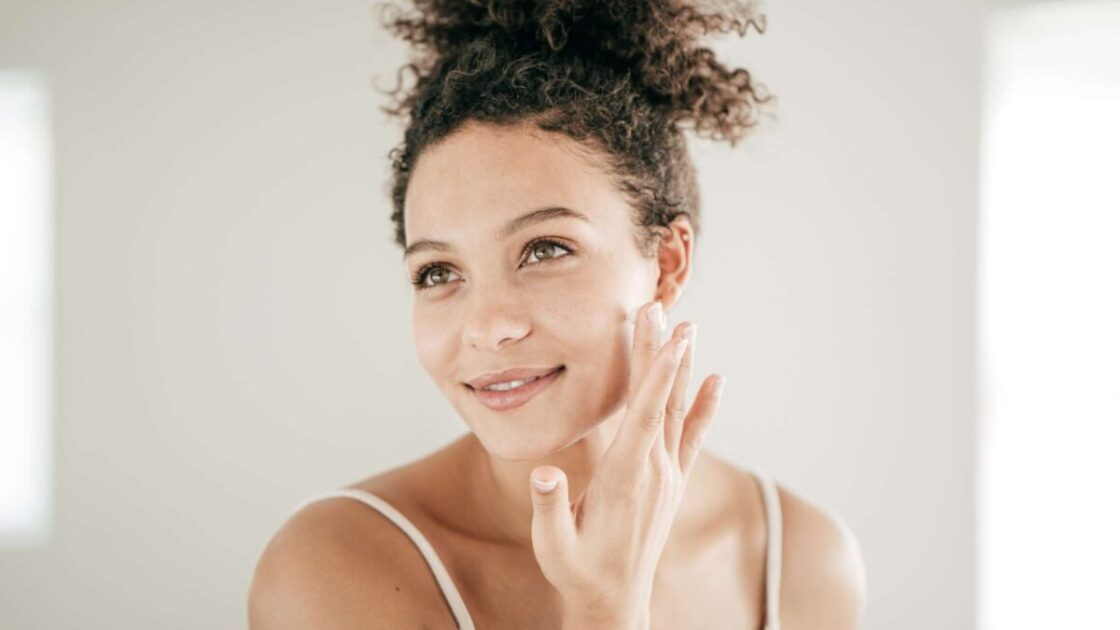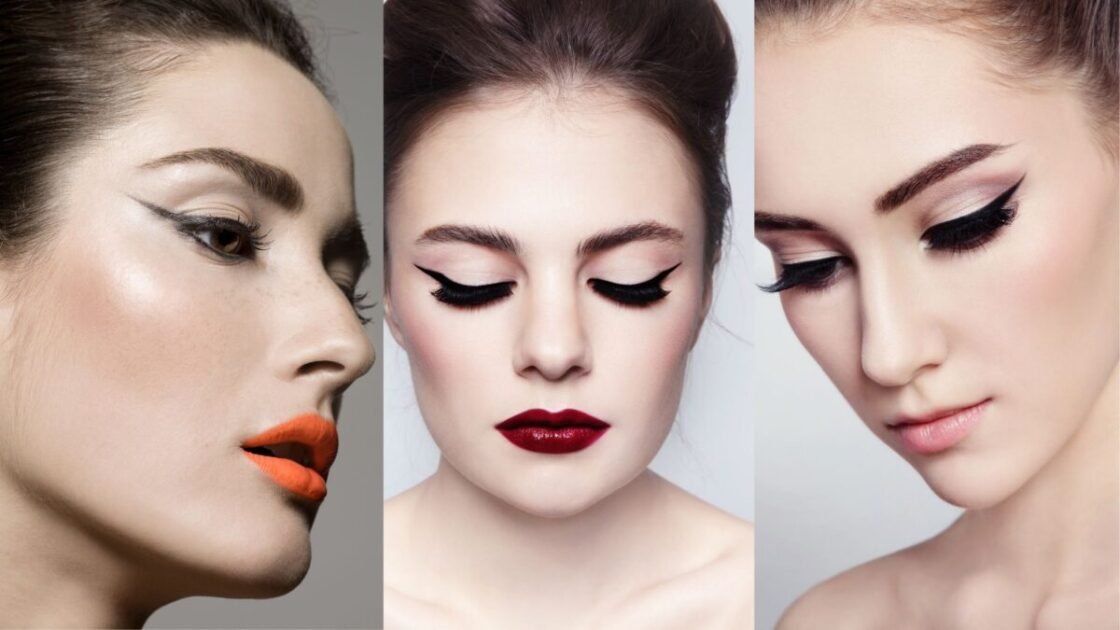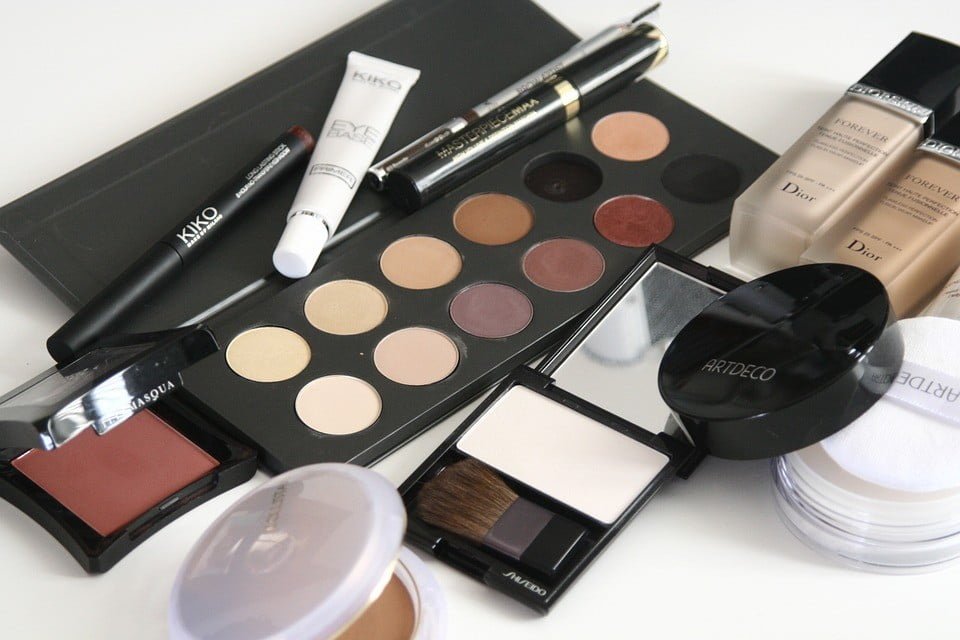Do you know the use of retinol for face wrinkles? Have you ever wished for a magical formula to make your lifeless skin feeling fresh and most importantly, looking good? Well, we’ve got your back with this product that we found that will vanish your face wrinkles in a few days. In this article, I will discuss the use of retinol for face wrinkles.
Retinol for face wrinkles
Table of Contents
Retinoids, the most popular and extensively researched anti-aging chemicals, are topical medications based on vitamin A that may lessen fine lines and wrinkles. The original retinoid was tretinoin, sold under the trade name Retin-A. In the early 1970s, it was used to treat acne, but subsequently it was shown to help diminish actinic keratosis lesions, balance out pigmentation, and quicken the turnover of superficial skin cells.
Retinoids increase collagen formation, which reduces wrinkles and fine lines. Additionally, they encourage the growth of new blood vessels in the skin, which lightens the tone of the skin. The fading of age spots and softening of rough skin patches are additional advantages. However, it takes three to six months of consistent use before wrinkles improve; the best results come after five to twelve months.
How does it work?
Retinol is considered as your secret weapon for enhancing the skin’s natural renewal process, also allows for radiant-looking new skin while exfoliating dead skin cells. Skin rejuvenation slows down with ageing. This essential component of skincare works by accelerating the skin’s surface renewal process and strengthening the skin’s base to reduce the appearance of age spots, enhance skin quality, and help fight the appearance of lines and wrinkles.
You can use retinol in the form of your night cream, serum or any other kind of oil as a part of your skin care routine.
My favorite Retinol for face Wrinkles:
Here is a List of my Favorite Retinol Products with their Ratings from Amazon to add in your beauty Favorites:
Best time to set up an Anti-Wrinkle routine and how to use retinol for wrinkles
Although becoming older is a part of life, you can maintain your skin’s healthiest appearance and feel for a longer time by including effective products into your anti-aging skincare routine at the appropriate moment, which could be faster than you think! Instead of attempting to repair the damage, we advise aiding in its prevention.
Your body naturally produces less collagen as you get older. This process can start in your mid-20s and over time results in skin that is thinner in texture, has wrinkles, and is less elastic. However, you may not see the consequences until later in life. By including a retinol into your daily routine in your late 20s, you can combat these indications of ageing.
How to use retinol cream and serum?
Now the question arises to when should you include these anti-aging powerhouses in your skin care routine? To simply incorporate retinol for face wrinkles into your nightly skin care regimen, just follow these easy instructions.
Step1: Begin with cleansing
Every routine begins with the right preparation. Cleanse your skin with any cleanser of your choice and then apply your serums. While eliminating makeup, oil, grime, and other pollutants that can accumulate on the skin’s surface over the day, it gently helps to resurface the skin. Simply use your hands to create a lather, gently massage it into your skin, and then wash with luke-warm water.
Step2: Apply your serums

It’s time to layer your serum at this point, here things start to get really fascinating. You can apply multiple serums at a time depending on your skin requirement. An effective skin care routine includes all the essential ingredients that your skin requires- whether its anti-aging, healing, hydrating or otherwise.
For best results you may begin by applying hyaluronic acid serum to lock moisture and prep the skin. Then follow up by applying retinol to smooth your skin texture, brighten up your complexion and gradually lessen wrinkles. Make sure to apply on dry skin. Gently massage the serums into your skin and let them absorb before applying the next product.
Always remember to avoid applying retinol near sensitive areas such as eyes, lips and nostrils. For protection it is best to apply petroleum jelly before applying Retinol.
Step3: How to Apply Retinol Cream
Once you have applied retinol serum wait for few minutes or wait until it dries out completely. Remember, never ever apply retinol cream on wet face. Now dispense a pea-sized amount of retinol cream and dot it onto various areas of your face. Gently spread and blend the cream, focusing on even coverage. Again, avoid sensitive areas.
Step4: Do not forget to moisturize at the end!
Lock in your serum with a moisturizer that works to firm, revitalize, smooth and soften the skin. To lock in moisture, moisturiser should be used after serum. Additionally, it forms a shield around your skin to protect it from environmental allergens. This seal helps to protect the effectiveness of the serum and helps in achieving your desired results.
View this article: Home Remedies for Pimples on face in Summer.
Do’s and Dont’s of using retinol for face wrinkles
Maybe you’ve heard retinol horror stories, or maybe you just don’t know where to begin. Although everyone will have a slightly different skincare regimen, there are a few things to keep in mind:
- Initially your skin may look worse than before: At first, when you use retinol for face wrinkles, you may feel moderate redness, dryness, or peeling during the initial weeks of retinol treatment since it takes time for your skin to adjust. Be calm; this is just your skin getting used to the product.
- Use only a small amount: Overuse can irritate skin, even skin that is accustomed to retinol. Apply it occasionally and in modest amounts and avoid applying it daily.
- Do not apply retinol with wrong ingredients: Choosing the appropriate ingredients and avoiding the wrong ones are the keys to effective skin care. If you use retinol, you must not layer it with any other treatments that contain benzoyl peroxide, vitamin C, or any AHA or BHA as active ingredients. Combining these can result in skin that is inflamed, red, or peeling. In fact, the effects of retinol and benzoyl peroxide or BHA together might completely negate one another.
- Avoid sun exposure after applying retinol: Although the possibility that retinol increases your risk of sunburn has been disputed, it is still recommended to be cautious because your skin will likely be more sensitive after use. So always use a sunscreen to prevent the damage.




